Date: 17 November 2007
At the beginning of July, the two researchers Professor Himanshu Jain and Professor Walter Kob were honored with the Otto SCHOTT Research Award valued at 25,000 euros during the »International Congress of Glass 2007« in Strasbourg. This award is bestowed every other year on an alternating basis with the Carl Zeiss Research Award to recognize exceptional scientific achievements in fundamental research and technology development in the areas of specialized materials, components and systems for applications in optics, electronics, solar energy, health and lifestyle. Both research awards are governed by the Donors’ Association for the Promotion of Sciences and Humanities in Germany.
”Jellyfish model” explains the movement of atoms inside glass
Professor Himanshu Jain (Lehigh University, Bethlehem/PA, U.S.A.) has been heading the National Science Foundation’s »International Materials Institute for New Functionality in Glass (IMI-NFG)« since 2004. He received the award for his outstanding contributions towards promoting the basic understanding of the dynamics of atoms in glass. He was previously recognized by the international »Zachariasen Award« for exceptional contributions towards glass research.  Professor Jain’s research focuses on useful functionalities of glass through fundamental understanding, including unique phenomena caused by light and their application in new devices, corrosion of glass in nuclear environments or glasses for use in photonic applications, such as sensors, infrared optics, waveguides, photo- and nano-lithography, to list a few examples. In the process, he has investigated atomic movement and how it might be influenced by the inherent composition or external factors, such as temperature, electric field, etc. According to existing theories, there are two fundamentally different types of atom movements at ambient temperature: vibration of an atom about its mean position, and long range diffusion wherein a given atom may wander around in the glass structure. An important characteristic of this ion diffusion is that it slows down exponentially with decreasing temperature. If a glass is cooled below ~200 K, ion hopping should effectively freeze. However, nuclear spin relaxation experiments showed that there must be more to ion movement in glass than just vibrations and diffusion.
Professor Jain’s research focuses on useful functionalities of glass through fundamental understanding, including unique phenomena caused by light and their application in new devices, corrosion of glass in nuclear environments or glasses for use in photonic applications, such as sensors, infrared optics, waveguides, photo- and nano-lithography, to list a few examples. In the process, he has investigated atomic movement and how it might be influenced by the inherent composition or external factors, such as temperature, electric field, etc. According to existing theories, there are two fundamentally different types of atom movements at ambient temperature: vibration of an atom about its mean position, and long range diffusion wherein a given atom may wander around in the glass structure. An important characteristic of this ion diffusion is that it slows down exponentially with decreasing temperature. If a glass is cooled below ~200 K, ion hopping should effectively freeze. However, nuclear spin relaxation experiments showed that there must be more to ion movement in glass than just vibrations and diffusion.
Studies established the basic characteristics of this atomic movement; however its physical description remained a mystery until a clue dawned on Professor Jain during a boat ride he took to the Isle of Skye, of Scotland’s west coast. Watching the hundreds of jellyfish in the Sea of the Hebrides, he noted that they were not swimming, but rather wiggling without moving very far. The following description of the dynamics of atoms at low temperatures emerged as a result: The ”jellyfish” movements are from a group of atoms which collectively move between different configurations, much like the wiggling of a jellyfish in the ocean. These fluctuations are much slower than typical atom vibrations and depend on the material’s local and medium range structure. The ”jellyfish” movements also occur at room temperature, but become significant only at much higher frequencies. Thus the dynamic properties of glass such as dielectric loss at microwave frequencies are directly predicted from the low frequency studies at low temperatures.
Simulations show dynamics of supercooled fluids
Born in Switzerland, Professor Walter Kob is  full professor at the Institute for Physics at the Université Montpellier 2. He has been serving as Director of the Laboratoire des Colloïdes, Verres et Nanomatériaux, since 1995. Professor Kob received the Otto SCHOTT Award for his outstanding work in researching the static and dynamic properties of glasses and supercooled liquids with the help of computer simulations.
full professor at the Institute for Physics at the Université Montpellier 2. He has been serving as Director of the Laboratoire des Colloïdes, Verres et Nanomatériaux, since 1995. Professor Kob received the Otto SCHOTT Award for his outstanding work in researching the static and dynamic properties of glasses and supercooled liquids with the help of computer simulations.
The research fields of Professor Kob include the dynamics of supercooled liquids and the nature of glass transformation, the structure and dynamics of gels, sodium silicate melts and glasses and aging of systems made of glass. His research focuses mainly on investigating the static and dynamic properties of disordered systems, such as simple liquids, textured glasses, Potts glasses or polymers, with aid from computer simulations and other statistical mechanics methods. These computer simulations were developed in the last decade in order to obtain insight into the microscopic properties of materials.  This is possible, because all of the properties of the material can be calculated, once the type of the atoms and their positions are known. The key point is that each atom interacts with all of the other atoms. Once the nature of the forces (chemical species) and the relative distance of the atoms are known, they can be used to calculate how each one of the particles is moving in space and time. If one waits long enough, the movement of the particles will be the same as in a real system, hence the simulation can be used to calculate the properties of the real material. To calculate the forces between the particles, one has two possibilities: Within so-called ”ab initio” calculations, the forces between the atoms are calculated directly from the positions of the nuclei of the atoms and their electronic structure. Thus, no empirical parameter or experimental data enters the calculation and this method enables the simulation for all material.
This is possible, because all of the properties of the material can be calculated, once the type of the atoms and their positions are known. The key point is that each atom interacts with all of the other atoms. Once the nature of the forces (chemical species) and the relative distance of the atoms are known, they can be used to calculate how each one of the particles is moving in space and time. If one waits long enough, the movement of the particles will be the same as in a real system, hence the simulation can be used to calculate the properties of the real material. To calculate the forces between the particles, one has two possibilities: Within so-called ”ab initio” calculations, the forces between the atoms are calculated directly from the positions of the nuclei of the atoms and their electronic structure. Thus, no empirical parameter or experimental data enters the calculation and this method enables the simulation for all material.
In the »classical force fields« approach, one postulates the interactions between the atoms and then uses these postulated forces to solve Newton’s equations of motion. The precise form of these forces is determined from experimental data or from ab initio simulations. For this reason, this approach is not independent from experiments or more sophisticated simulations, but is approximately 10,000 times faster. Much larger systems can be simulated in the same time, as a result. Computer simulations are not yet a ”perfect” tool, because the properties of glasses depend on the cooling rate with which the glass has been produced and in simulations theses rates are many orders of magnitude higher than the rates used in real life. Nevertheless, in the near future, simulations will be part of the standard tools of research in any material science laboratory.

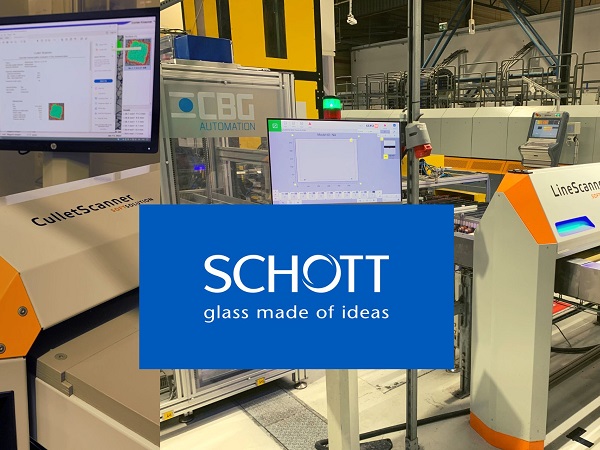
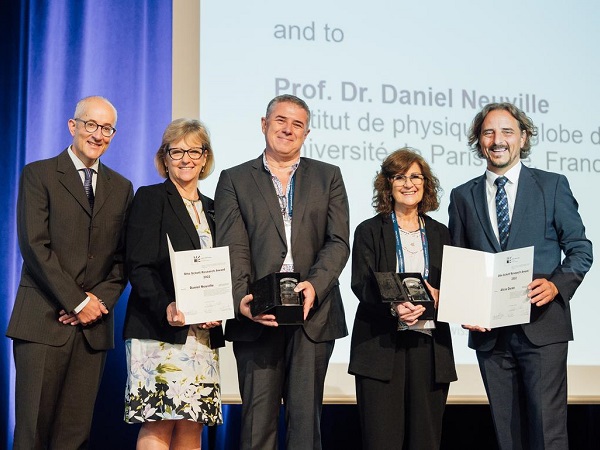
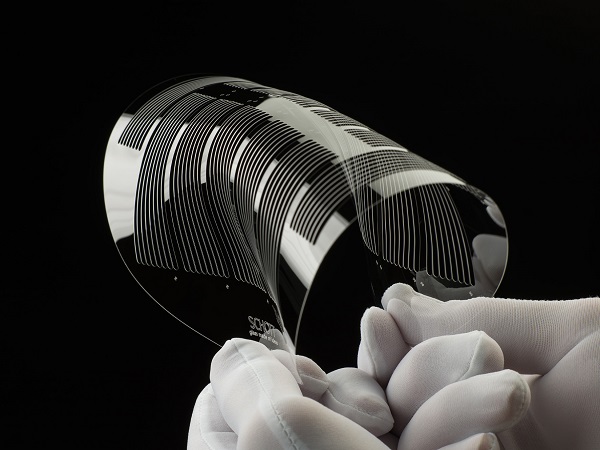
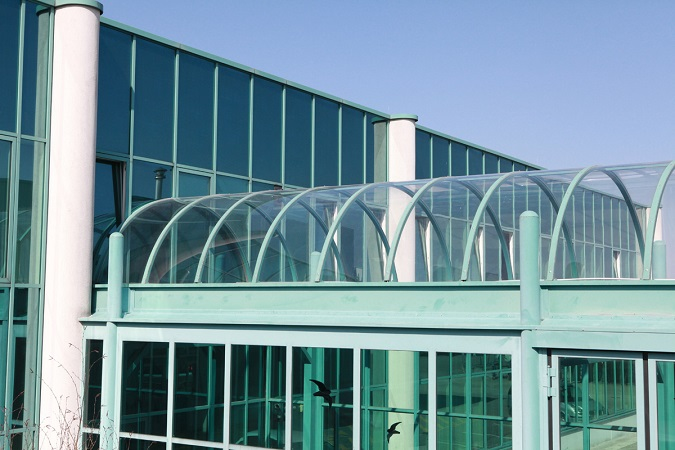
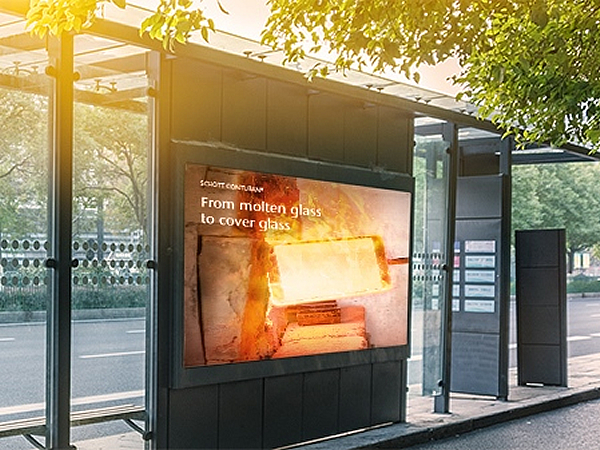
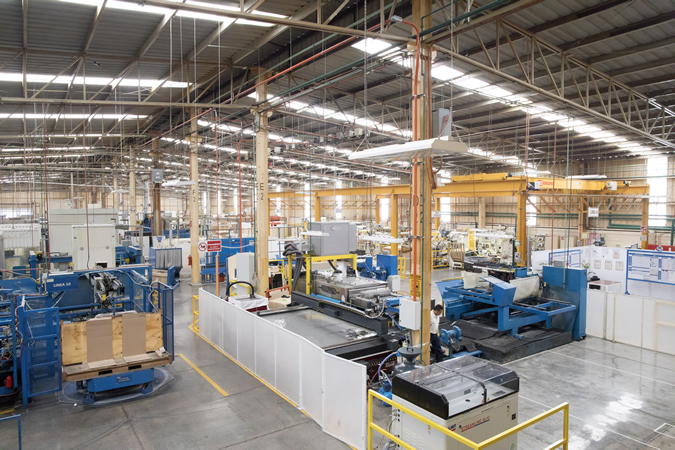
Add new comment